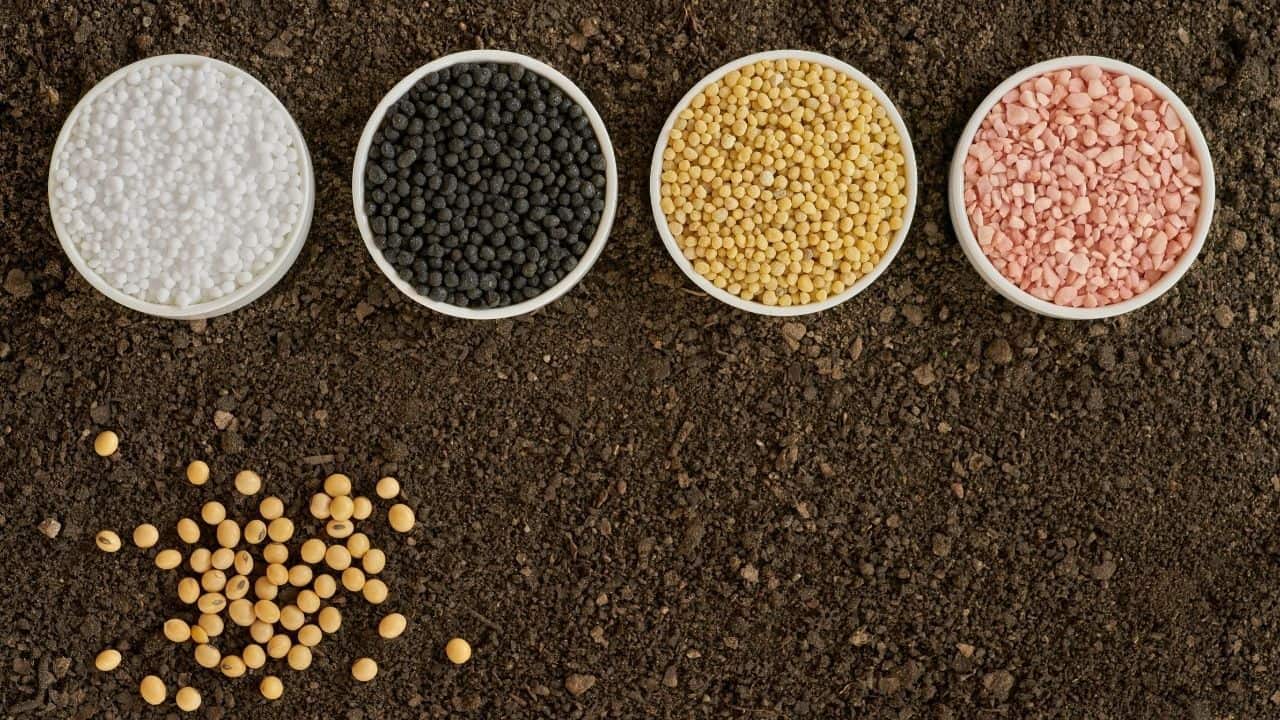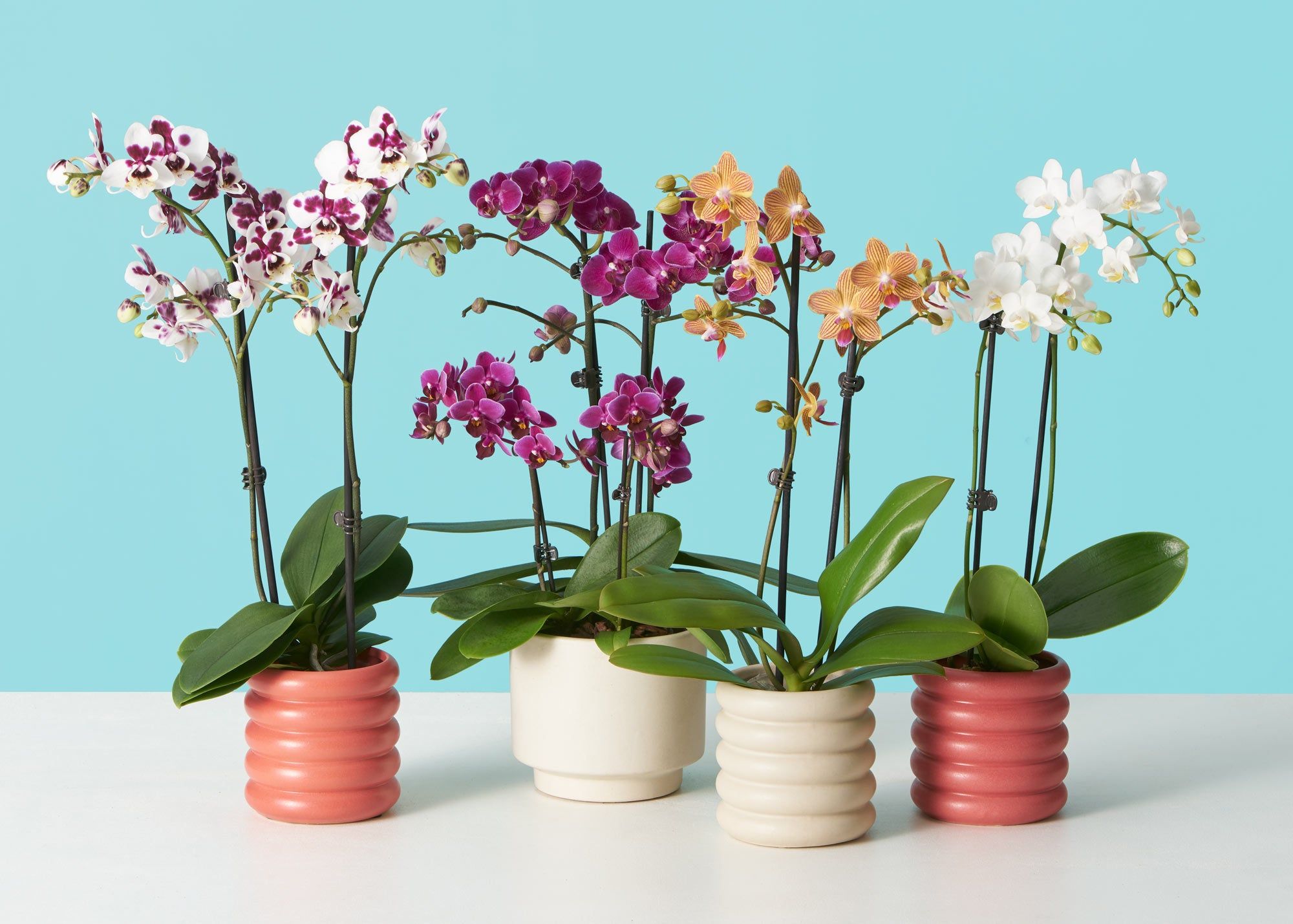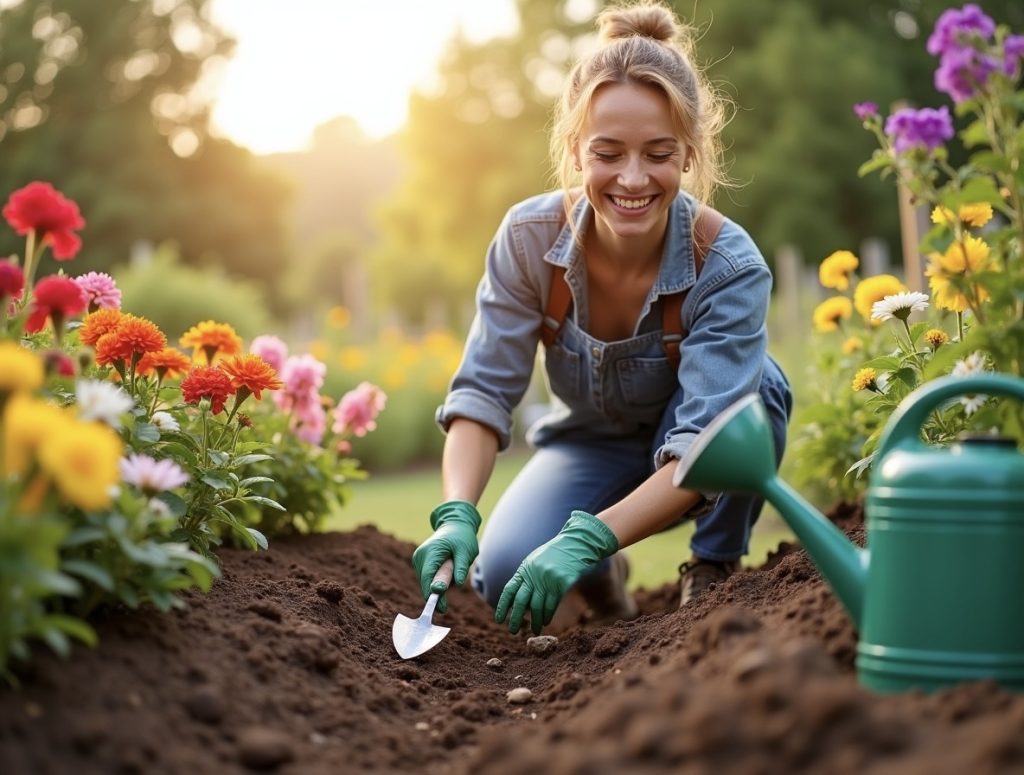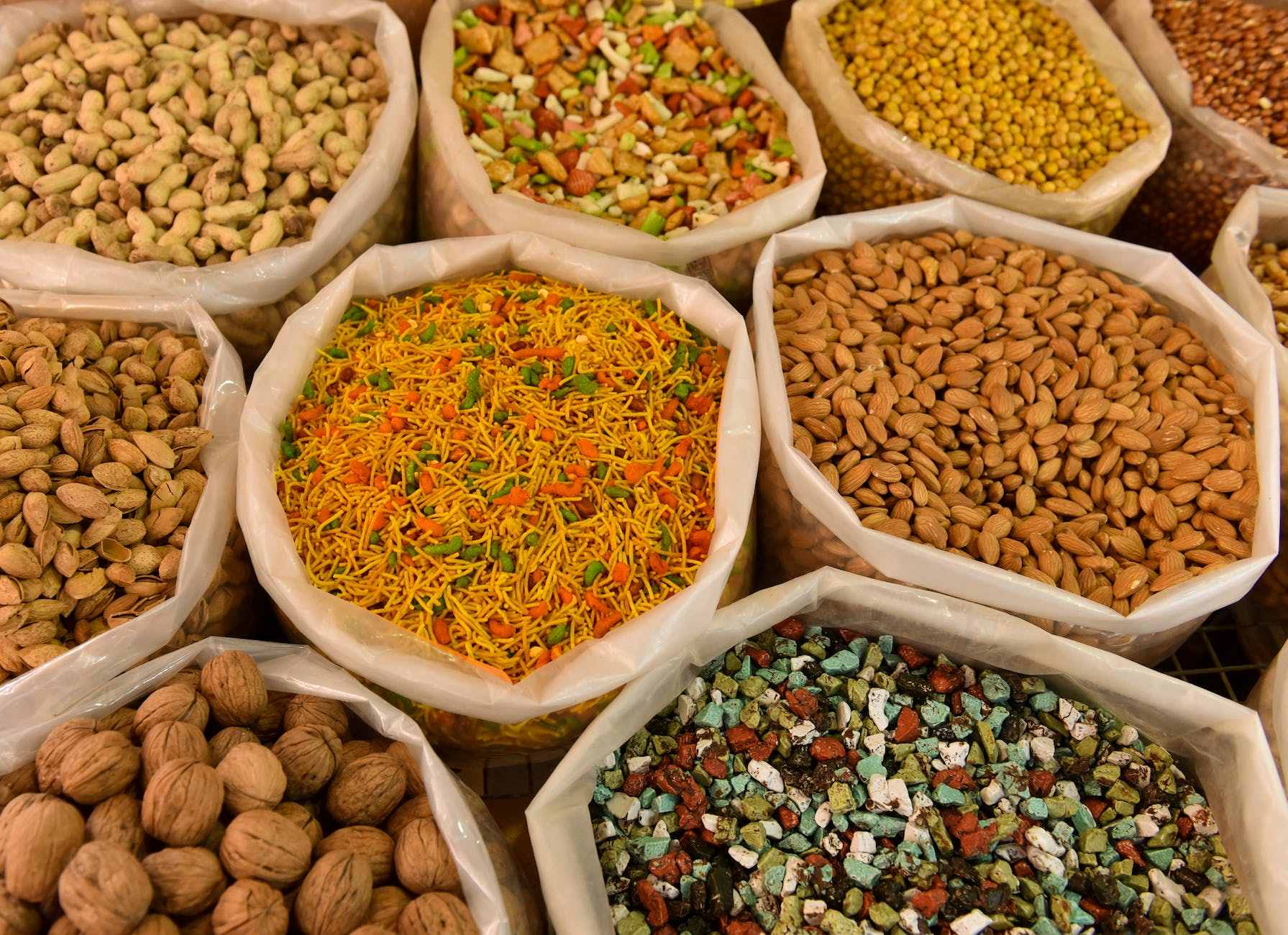Home>Gardening Basics>Understanding Soil>How Long Does Potting Soil Last In The Bag


Understanding Soil
How Long Does Potting Soil Last In The Bag
Modified: February 9, 2024
Understand the longevity of potting soil in the bag and learn how to determine if it has expired. Proper understanding of soil is essential for successful gardening.
(Many of the links in this article redirect to a specific reviewed product. Your purchase of these products through affiliate links helps to generate commission for Chicagolandgardening.com, at no extra cost. Learn more)
Table of Contents
Introduction
Welcome to the fascinating world of potting soil! If you’re an avid gardener or simply interested in nurturing plants, understanding the lifespan of potting soil is essential. Potting soil is a crucial component for successful container gardening, providing plants with necessary nutrients, support, and water retention. However, like any other product, potting soil has a limited shelf life, and knowing how long it lasts can help you ensure the health and vitality of your plants.
While potting soil typically comes in a sealed bag, it doesn’t last indefinitely. Over time, environmental factors, such as exposure to air, moisture, and temperature fluctuations, can impact its quality and effectiveness. Additionally, storing potting soil improperly or using it past its expiration date can lead to poor plant growth and potential disease issues.
In this article, we’ll explore the factors that affect the life of potting soil, how it should be stored, and the signs indicating that it may be time to replace it. We’ll also share tips on how to extend the life of your potting soil and get the most out of your gardening endeavors. So, let’s dive in and discover the secrets behind the lifespan of potting soil!
Factors Affecting Potting Soil Life
Several factors can influence the lifespan of potting soil, determining its overall quality and effectiveness. Understanding these factors can help you make informed decisions about when to replace your potting soil for optimal plant growth. Let’s explore the key factors affecting potting soil life:
- Moisture: Excessive moisture or inadequate drainage can lead to the breakdown of potting soil. When soil becomes waterlogged, it can become compacted and lose its ability to provide proper aeration to plant roots. This can result in root rot and poor plant health.
- Temperature: Extreme temperature fluctuations can degrade the quality of potting soil. Freezing temperatures can cause the soil to expand and contract, breaking down its structure. On the other hand, excessively high temperatures can cause the soil to dry out quickly and lose its ability to retain water.
- Exposure to sunlight: Direct exposure to sunlight can cause the organic matter in potting soil to break down faster. Ultraviolet (UV) radiation can degrade the soil’s organic compounds, reducing its nutrient content and overall fertility.
- Aging: Over time, the organic matter in potting soil naturally decomposes, resulting in a decrease in its nutrient content. As the soil ages, it may require additional fertilization to meet the needs of your plants.
- Contamination: Contamination of potting soil with pests, pathogens, or weed seeds can significantly affect its quality. It’s essential to use clean and sterile potting soil to ensure healthy plant growth.
- Quality of ingredients: The quality of the ingredients used in the manufacturing of potting soil plays a vital role in its overall lifespan. High-quality ingredients, such as well-composted organic matter and properly aged bark, can enhance the longevity and effectiveness of the soil.
By being aware of these factors, you can take proactive measures to protect and extend the life of your potting soil. In the next section, we’ll discuss the importance of proper storage techniques to maintain the quality of potting soil over time.
How Potting Soil is Stored
The way you store potting soil can significantly impact its lifespan and quality. Proper storage techniques can help preserve the integrity of the soil, ensuring optimal performance for your plants. Here are some guidelines for storing potting soil:
- Keep it sealed: Potting soil usually comes in a sealed bag or container. It’s essential to keep the packaging sealed until you’re ready to use the soil. This helps prevent moisture, pests, and debris from entering and compromising its quality.
- Store in a cool, dry place: Potting soil should be stored in a cool and dry location, away from direct sunlight and extreme temperature fluctuations. Excessive heat can cause the soil to dry out quickly, while high humidity can create a breeding ground for mold and fungi.
- Avoid moisture exposure: Moisture is one of the biggest enemies of potting soil. It can lead to compaction, mold growth, and the breakdown of organic matter. Make sure to store the soil in a moisture-resistant area, such as a shed, garage, or basement.
- Use airtight containers: If you need to transfer potting soil from its original packaging, choose airtight containers to maintain its freshness. This helps prevent moisture and air from entering, which can accelerate the degradation process.
- Keep pests away: Pests like gnats, flies, and ants can be attracted to potting soil. To prevent infestations, keep your storage area clean and regularly inspect the soil for any signs of pests. If necessary, use insecticides or natural pest control methods to keep them at bay.
Following these storage practices will help prolong the life of your potting soil, ensuring that it remains in optimal condition for when you need to use it. In the next section, we’ll explore the shelf life of unopened potting soil and when it might be time to replace it.
Shelf Life of Unopened Potting Soil
Unopened potting soil typically has a relatively long shelf life. When stored properly, it can retain its quality and effectiveness for an extended period. However, it’s important to note that the shelf life can vary depending on the manufacturer and the specific ingredients and formulation of the soil. Here are some general guidelines regarding the shelf life of unopened potting soil:
- Expiration date: Check the packaging for the expiration date provided by the manufacturer. This date indicates the recommended period of time within which the soil is expected to perform optimally. It is advisable to use the soil before this expiration date.
- Quality control: Reputable manufacturers often have quality control measures in place to ensure their products meet certain standards. This includes testing for the longevity and stability of the soil. Choosing potting soil from a trusted brand can provide you with a better chance of obtaining soil with a longer shelf life.
- Storage conditions: As mentioned earlier, proper storage is essential for prolonging the shelf life of potting soil. By keeping the soil sealed in a cool, dry place and protecting it from moisture and pests, you can extend its usability even beyond the expiration date.
- Visual inspection: Before using unopened potting soil that has been stored for an extended period, visually inspect it for any signs of mold, pests, or unusual odors. If you notice any anomalies, it’s best to discard the soil and purchase a fresh bag.
While unopened potting soil can have a decent shelf life, it’s important to remember that the soil’s effectiveness can diminish over time. Nutrients may gradually break down, and the soil’s water-holding capacity may decrease. Therefore, it’s recommended to use unopened potting soil within a year or two of its purchase to ensure optimal plant health and growth.
In the next section, we will discuss the signs that indicate potting soil may have gone bad and ways to extend its life.
Signs of Potting Soil Going Bad
Just like any other organic material, potting soil can deteriorate over time, and using expired or degraded soil can have a negative impact on your plants. It’s crucial to be able to recognize the signs of potting soil going bad so that you can take appropriate action. Here are some common indicators to look out for:
- Mold or fungal growth: If you notice mold or fungal growth on the surface of the soil or a musty odor emanating from it, it’s a clear sign that the soil is compromised. Mold or fungi can compete with your plants for nutrients and create an unhealthy environment for them.
- Unpleasant odor: A strong, unpleasant smell coming from the potting soil can indicate the presence of rotting organic matter. This could be a sign of decomposition or the growth of harmful bacteria, making the soil unsuitable for plant growth.
- Poor drainage: Over time, potting soil can become compacted, hindering proper drainage. If the soil retains water for too long or becomes excessively soggy, it suggests that the soil structure has broken down, leading to potential root rot and waterlogged conditions for your plants.
- Plant decline or stunted growth: If your plants are not thriving or show signs of stunted growth despite proper care, it could be a result of using deteriorated potting soil. Nutrient depletion or the presence of pests and diseases in the soil can negatively impact plant health.
- Weed growth: Potting soil that has gone bad may contain weed seeds or unwanted plant growth. If you notice an increase in weed growth within your containers, it’s a signal that the soil is not of good quality and may need to be replaced.
It’s important to note that the signs of potting soil going bad may vary depending on the specific conditions and factors at play. Regularly inspecting and monitoring the condition of your soil will help you catch any potential issues early on and take appropriate measures to rectify the situation.
In the next section, we’ll explore ways to extend the life of potting soil and make the most of your gardening investment.
Extending the Life of Potting Soil
While potting soil does have a limited lifespan, there are several strategies you can employ to extend its usability and get the most out of your gardening investment. By taking proactive measures to maintain the quality of your soil, you can save money and ensure healthier plants. Here are some ways to extend the life of potting soil:
- Amend the soil: Over time, potting soil can become depleted of nutrients. To replenish and revitalize the soil, consider adding organic amendments like compost, aged manure, or worm castings. These amendments will enrich the soil with essential nutrients and improve its overall fertility.
- Practice crop rotation: Rotating the types of plants you grow in your containers can help prevent nutrient depletion and the buildup of pests and diseases. By alternating plant varieties, you give the soil a chance to recover and reduce the risk of plant-specific problems.
- Implement proper watering techniques: Overwatering or underwatering can put stress on potting soil and impact its quality. Ensure you are watering your plants appropriately, allowing the soil to dry out slightly between waterings. This promotes healthy root growth and prevents the soil from becoming waterlogged.
- Remove plant debris: After harvesting or at the end of the growing season, remove any dead plant material from the soil surface. Decay and decomposition of plant debris can attract pests and contribute to the breakdown of the soil. Clearing the debris helps maintain a clean and healthy growing environment.
- Practice proper container sanitation: Before reusing containers, clean and sanitize them thoroughly to remove any potential pathogens or pests. This prevents cross-contamination and reduces the likelihood of introducing harmful elements into the potting soil.
- Rotate and reuse potting soil: Rather than discarding potting soil after one use, consider rotating and reusing it in different containers or garden beds. By allowing the soil to rest and rejuvenate between uses, you can extend its life while still providing your plants with a nutrient-rich growing medium.
By implementing these practices, you can significantly prolong the life of potting soil and maintain its effectiveness over time. Remember, it’s essential to monitor the condition of your soil regularly and respond to any signs of degradation or issues promptly.
Now that we’ve explored how to extend the life of potting soil, let’s wrap up with some closing thoughts.
Conclusion
Potting soil is a vital component for successful container gardening, providing plants with the necessary nutrients and support they need to thrive. Understanding the lifespan of potting soil is crucial for ensuring the health and vitality of your plants. By considering the factors that affect potting soil life, practicing proper storage techniques, and recognizing the signs of soil degradation, you can make informed decisions about when to replace your soil.
Proper storage, such as sealing the soil, keeping it in a cool and dry place, and protecting it from moisture and pests, can help extend its shelf life. Unopened potting soil typically has a long lifespan, but it’s essential to use it within the recommended time frame and conduct visual inspections for signs of spoilage before use.
Common indicators of potting soil going bad include mold or fungal growth, unpleasant odors, poor drainage, stunted plant growth, and weed infestations. Monitoring your soil and taking action at the first sign of degradation can help prevent harm to your plants and maintain a healthy gardening environment.
To extend the life of potting soil, consider amending it with organic matter, practicing crop rotation, implementing proper watering techniques, removing plant debris, and practicing container sanitation. These strategies can help rejuvenate the soil and ensure its continued performance over time.
By understanding the lifespan of potting soil and implementing strategies to extend its usability, you can save money, reduce waste, and create a thriving environment for your plants. So go ahead, enjoy the journey of gardening, and make the most of your potting soil for years to come!




